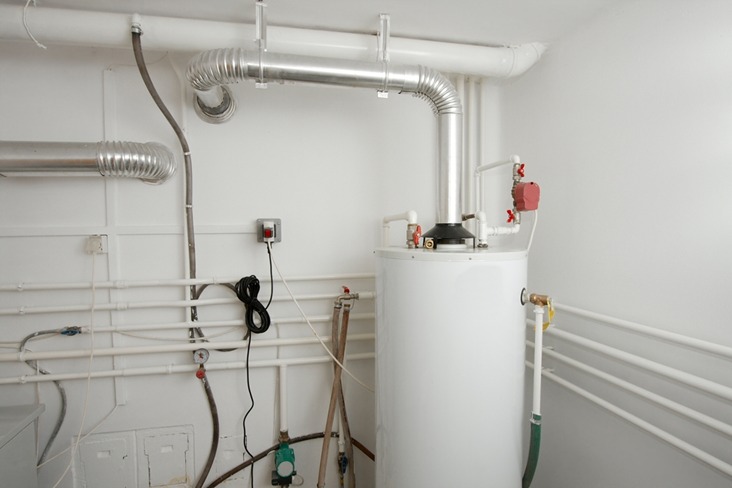The Future of Time and Attendance Systems in Modern Workplaces
In today’s fast-paced and increasingly digital work environment, the need for efficient time and attendance systems has become paramount. These systems help organizations streamline processes, enhance productivity, and maintain impeccable accuracy in payroll processing. An attendance system that is both reliable and sophisticated can simplify complex tasks while also promoting transparency across the board. These advancements are not just about keeping track of when employees clock in and out; they play a critical role in building a trustworthy relationship between employers and employees and optimizing overall business operations. As workplaces evolve, the functionalities of these systems will become even more indispensable.
Importance of Accurate Time Tracking
Precise timekeeping is essential for several reasons, such as guaranteeing equitable remuneration and adherence to labor regulations. Employers may improve operational efficiency by locating and resolving productivity bottlenecks with the help of accurate time data. Precise monitoring also averts expensive payroll mistakes, which may cause employee resentment and legal issues. Effective time management techniques are essential to every successful organization. Precise timekeeping is also essential for labor cost forecasting and budgeting, which facilitates efficient resource allocation and growth planning. Accurate time monitoring may have a direct influence on service delivery and product quality, which in turn drives total business performance, especially in industries where every second matters, like manufacturing and healthcare.
Technological Advancements
Technology has dramatically transformed the time and attendance system over the past few decades. From the days of punch cards and manual timesheets, we have progressed to sophisticated solutions like biometric authentication and cloud-based platforms. Biometric systems, which include fingerprint and facial recognition technologies, provide a high level of security and accuracy, eliminating the possibility of buddy punching or time theft. Cloud-based solutions offer real-time data access and ease of integration with other payroll and HR systems, which is particularly beneficial in remote or hybrid work settings. These innovations have significantly reduced human error, thereby enhancing the reliability and efficiency of time tracking. Moreover, mobile applications now allow employees to clock in and out from their smartphones, adding another layer of convenience and accuracy. These advancements ensure that time tracking is seamless and integrated into the daily routines of both employers and employees.
Benefits for Employers and Employees
Modern time and attendance systems present a myriad of benefits for both employers and employees. For employers, these systems translate to better labor cost management, enhanced compliance with labor laws, and improved productivity insights. Accurate data helps in making informed decisions, whether it’s about staffing needs or operational adjustments. For employees, the transparency and accuracy of these systems build trust and morale. Knowing that their work hours are being tracked accurately ensures fair pay and reduces conflicts over discrepancies. A recent SHRM article provides an in-depth analysis of how these systems benefit both parties, making workplaces more efficient and harmonious. Additionally, modern systems often come with self-service portals, where employees can view their hours, request time off, and even correct errors, fostering a sense of ownership and engagement. This transparency and self-service capability significantly enhance the employee experience, reducing turnover and boosting productivity.
Challenges and Solutions
Despite their many advantages, the implementation of modern time and attendance systems is challenging. Common obstacles include technical issues, such as software incompatibility or biometric errors, and resistance to change from employees accustomed to traditional methods. To overcome these hurdles, organizations can invest in comprehensive training sessions that educate employees on the new system’s benefits and functionalities. Additionally, having a robust support system in place to address technical glitches ensures that the transition is smooth and that the workflow remains uninterrupted. By tackling these challenges head-on, businesses can reap the full benefits of their investment in advanced time-tracking solutions. Proactive communication and involving employees in the selection process can also mitigate resistance to change. Demonstrating how the new system aligns with employee needs and business goals can help in gaining their buy-in.
Real-World Examples
Numerous companies have reaped significant benefits from adopting modern time and attendance systems. For instance, a large retail chain improved its payroll accuracy by 30% after implementing a biometric time-tracking solution. This not only reduced payroll disputes but also saved administrative hours previously spent rectifying errors. Another example is a manufacturing company that reduced its overtime costs by 20% through better time management practices enabled by advanced systems. These real-world scenarios underscore the tangible benefits of updating old attendance systems to more efficient, technology-driven models. They also highlight how new systems can contribute to a more streamlined, productive, and satisfied workforce. Retailers, healthcare providers, and educational institutions alike have showcased dramatic improvements in operational efficiency and employee satisfaction post-implementation. These examples serve as influential case studies for other organizations considering a similar upgrade.
The Future of Time and Attendance
In the future, time and attendance systems show great promise. Developments in AI and ML are anticipated to transform the way companies handle time tracking. These advancements will increase automation and precision, lessening the reliance on manual supervision and enabling predictive analysis to anticipate attendance trends. This can assist organizations in making proactive decisions about staffing, leading to further optimization of labor costs and productivity. Furthermore, combining these cutting-edge systems with other tools for human resources will establish a more unified and effective management environment. In order to fully capitalize on the advantages, organizations must strive to keep up with the continual advancements in these technologies. Wearable technology and Internet of Things (IoT) devices could soon offer even more detailed information, leading to unprecedented levels of understanding and effectiveness. Companies that utilize these technologies are expected to experience notable improvements in both productivity and employee happiness, highlighting the importance of ongoing innovation in this field.
Conclusion
In today’s business, adequate time and attendance systems are essential. Businesses may increase efficiency, accuracy, and compliance by utilizing cutting-edge technology, opening the door to a better future. In addition to making complicated activities easier, these solutions help the company develop a transparent and trustworthy culture. Adopting these cutting-edge solutions will be essential for retaining a competitive edge and guaranteeing long-term success as time and attendance technology continue to progress. Businesses that adopt these advances have a bright future ahead of them, with several advantages for both employers and employees. These systems will only become better with ongoing developments and integrations, which will make them indispensable resources for obtaining operational excellence and worker satisfaction across a range of sectors.
“Explore exclusive stories and behind-the-scenes insights at GlamourHeadline.com.“






